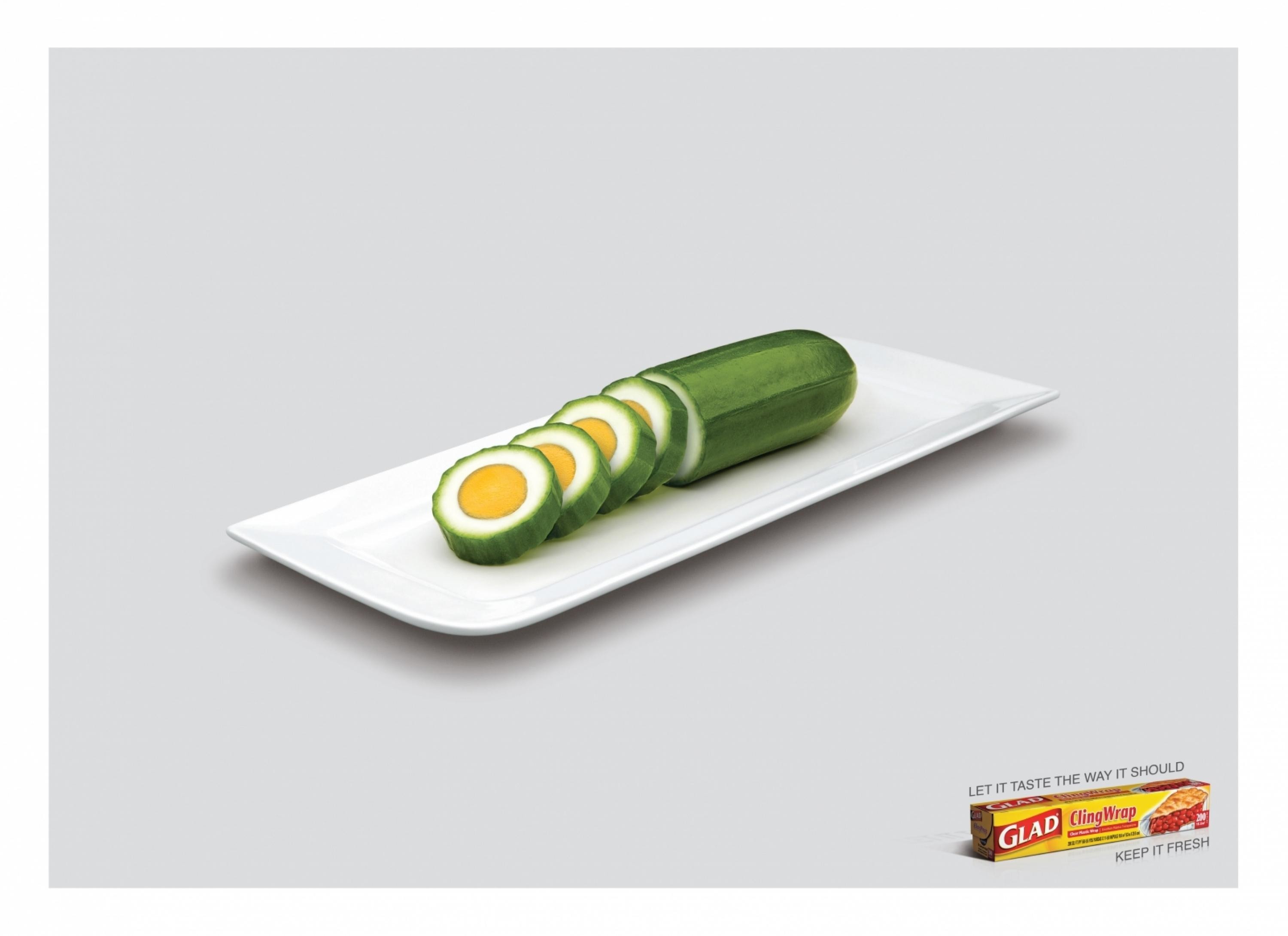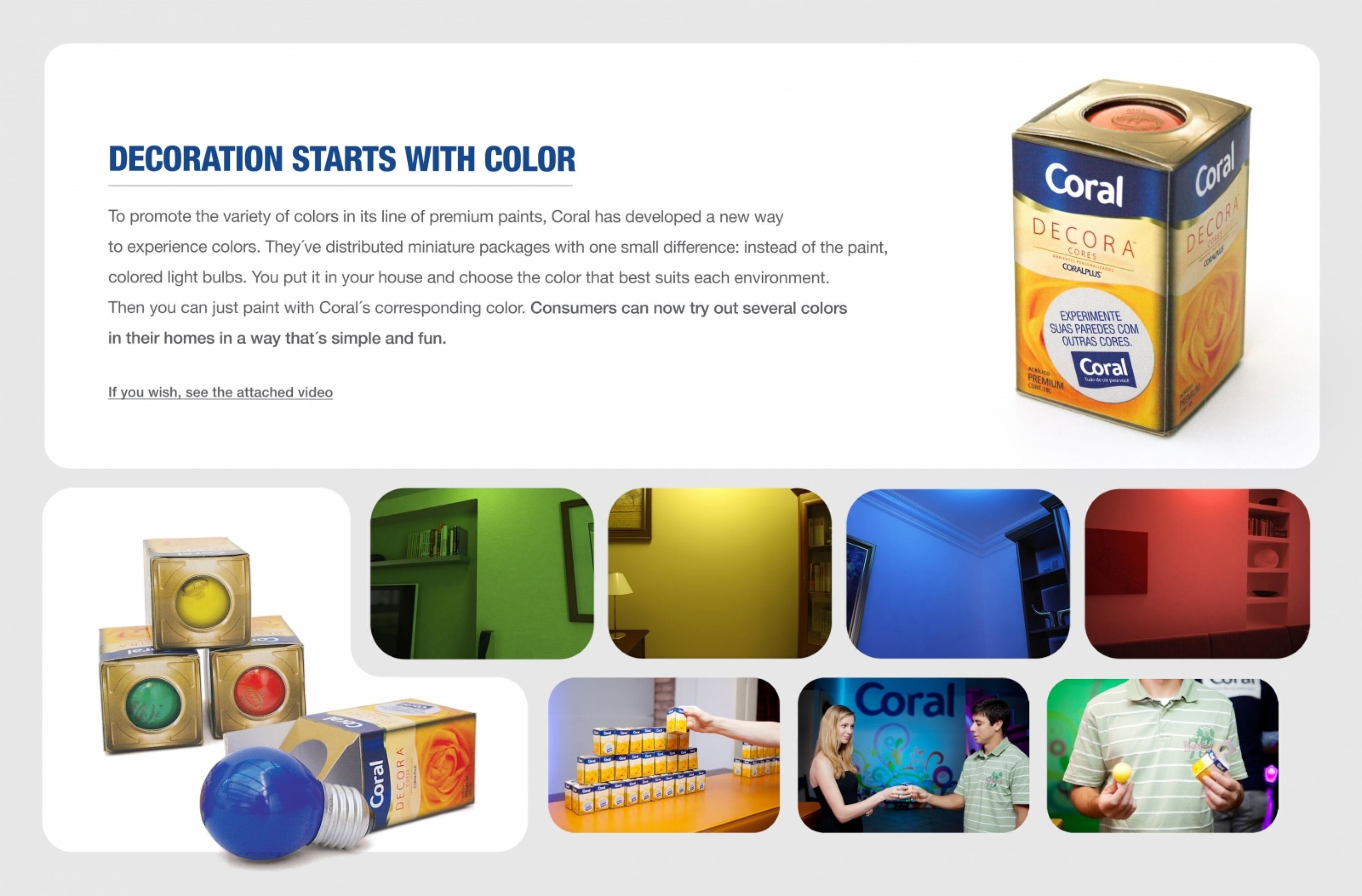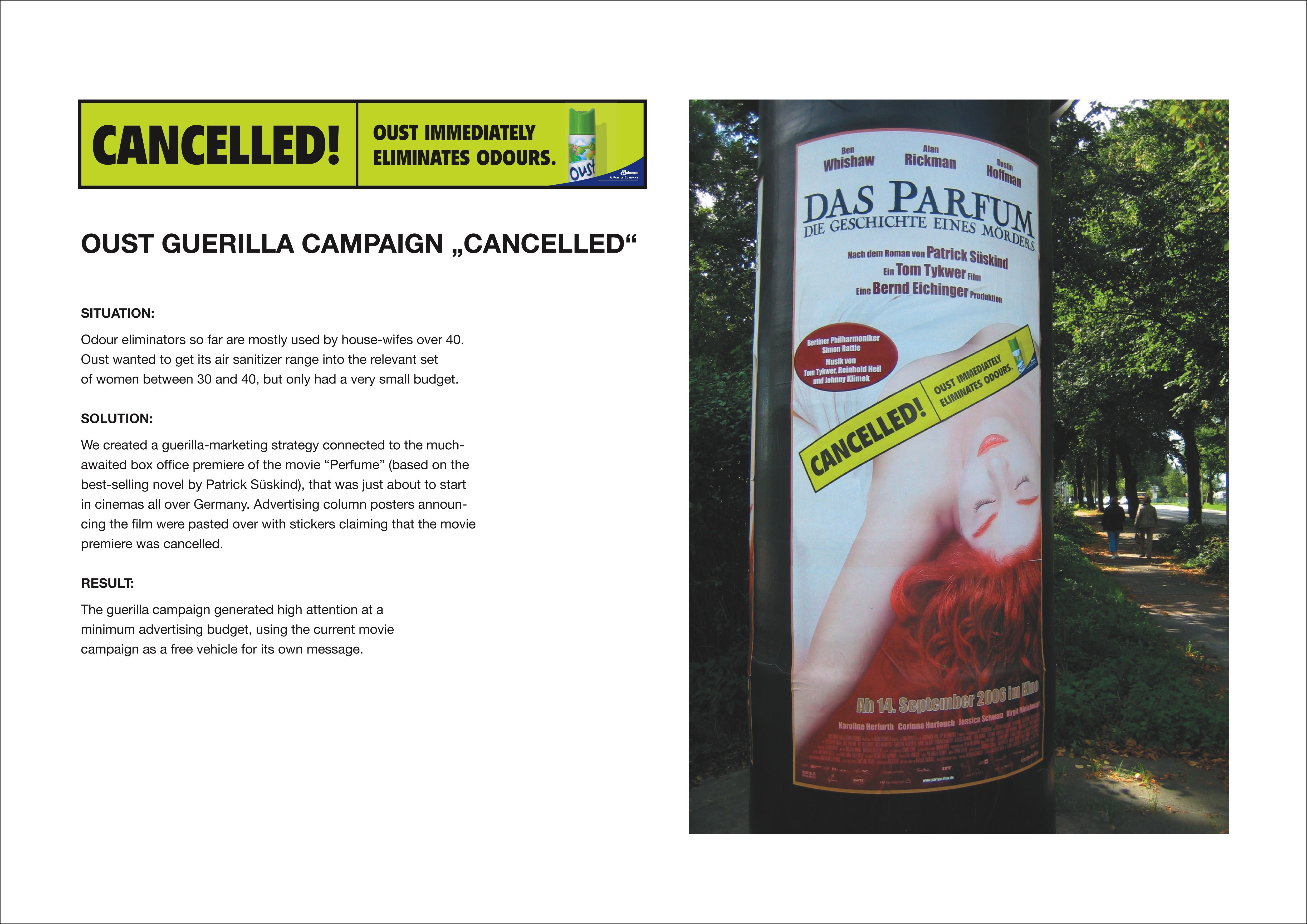Cannes Lions
Amazon's Green
VMLY&R, Sao Paulo / AKZONOBEL / 2023



Overview
Entries
Credits
Overview
Background
In recent years, the Amazon was portrayed as a distant problem. Increased deforestation rates and the rising number of wildfires were widely shown in news media, but always from a faraway perspective. Statistics and cold headlines only go so far in engaging the audience in the Amazon's cause, falling short when it comes to making people realize that the forest is closer than we think. The Amazon is not only the most important rainforest in the world — it is our home.
As one of the leading color coating brands in Brazil, Coral faces the challenge of positioning itself as an organization in search of a more sustainable future. And the Amazon’s cause is one of today's most important sustainable causes.
Our objective is to bring brand distinction and to improve how Coral is perceived by the consumer, showing how the brand is more connected to the environment.
Idea
To bring people closer to the Amazon's cause, Coral created Amazon's Green, the first color model that changes according to the forest's health. We developed a wall paint that people could actually buy, but that has its green hue changed every week.
Using more than 30 years of data collection from Brazil’s National Institute for Space Research, Coral created a visual index that uses colors to show us Amazon’s current state of preservation. Our algorithm translated changes in deforestation rates and relevant events into color parametric values, generating different shades of green every week. We also created new shades for every one of the past 35 years, translating deforestation annual taxes into green percentages.
Good initiatives, such as decreases in deforestation rates and new investments in the Amazon's preservation, make the green hue get more intense. Negative events, such as higher deforestation rates and bad prognostics, make Amazon's Green fade.
Strategy
We used data from Brazil’s National Institute for Space Research, whose satellites have been monitoring deforestation in the Amazon for the past 35 years. They can even track small amounts of clear-cut deforestation in real time, becoming a world benchmark for deforestation tracking.
The whole database is available through the TerraBrasilis platform, Brazil’s National Institute for Space Research portal for journalists and environmentalists. TerraBrasilis’ data is consistent and reliable, but its content is very little user-friendly. Even though its numbers always end up in the media, eye-catching headlines fall short in making people truly engage in the Amazon’s cause. That is why Coral translated all this data into colors, something everyone can easily understand and feel connected to. The Amazon’s Green project transformed cold numbers into a visual index representing more than 35 years of deforestation records of the Amazon Rainforest.
Execution
Our colors were available at more than 45,000 points of purchase in Brazil, reaching more than 2,000 cities in the whole country. On the campaign’s website, people could discover the Amazon’s Green of the past 35 years and its new weekly updated versions. In the stores, anyone could order it through Coral’s color machines and use the Amazon’s shades of green to paint their own homes.
We also sent a special campaign package to decoration and architecture influencers that stand for a more sustainable living. They received two color testers: one with the 2017 Amazon’s Green and one with the 2022 Amazon’s Green. We invited them to see for themselves how big the difference was in the period, and they shared it with their own audiences.
Outcome
Amazon’s Green colors were available at more than 45,000 points of purchase in Brazil, reaching more than 2,000 cities in the country. The campaign sparked an increase of 57% in the interest in Coral’s shades of green. In Coral’s social channels, the campaign got an engagement rate almost 60% higher than the brand’s average.
The Amazon’s Green joined AkzoNobel’s extensive environmental program, which restored, reforested, and preserved more than 700,000 m², reintroducing more than 12,000 native species. It also contributed to the company’s goal of neutralizing carbon emissions by 2070.
Similar Campaigns
12 items









